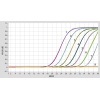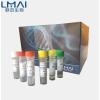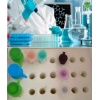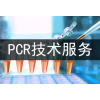
产品详情
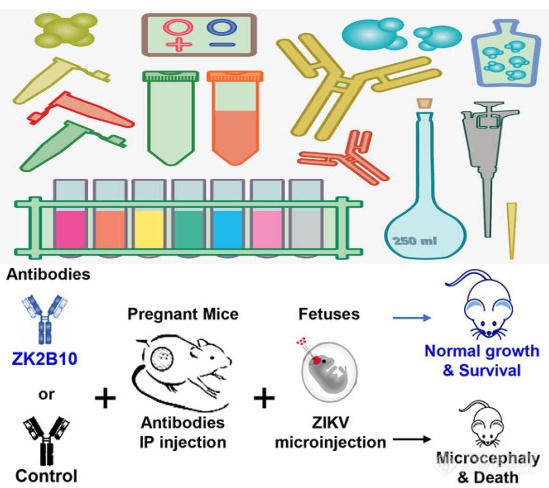
BTB/POZ结构域蛋白17抗体
英文名称 BTBD17
中文名称 BTB/POZ结构域蛋白17抗体
别 名 BTB/POZ domain-containing protein 17; btbd17; BTBDH_HUMAN; Galectin-3-binding protein-like.
研究领域 肿瘤 细胞生物 免疫学
抗体来源 Rabbit
克隆类型 Polyclonal
交叉反应 Human, Mouse, Rat, Dog, Sheep,
产品应用 WB=1:500-2000 ELISA=1:500-1000 IHC-P=1:100-500 IHC-F=1:100-500 IF=1:50-200 (石蜡切片需做抗原修复)
not yet tested in other applications.
optimal dilutions/concentrations should be determined by the end user.
分 子 量 49kDa
细胞定位 分泌型蛋白
性 状 Lyophilized or Liquid
浓 度 1mg/ml
免 疫 原 KLH conjugated synthetic peptide derived from human BTBD17:101-200/478
亚 型 IgG
纯化方法 affinity purified by Protein A
储 存 液 0.01M TBS(pH7.4) with 1% BSA, 0.03% Proclin300 and 50% Glycerol.
保存条件 Store at -20 °C for one year. Avoid repeated freeze/thaw cycles. The lyophilized antibody is stable at room temperature for at least one month and for greater than a year when kept at -20°C. When reconstituted in sterile pH 7.4 0.01M PBS or diluent of antibody the antibody is stable for at least two weeks at 2-4 °C.
PubMed PubMed
产品介绍 The BTB (broad-complex, Tramtrack and Bric a brac) domain, also known as the POZ (Poxvirus and zinc finger) domain, is an N-terminal homodimerization domain that contains multiple copies of kelch repeats and/or C2H2-type zinc fingers. Proteins that contain BTB domains are thought to be involved in transcriptional regulation via control of chromatin structure and function. BTBD17 (BTB/POZ domain-containing protein 17), also known as BTBD17A, galectin-3-binding protein-like or LGALS3BPL, is a 478 amino acid protein that contains one BTB (POZ) domain and a BACK (BTB/Kelch associated) domain. The gene encoding BTBD17 maps to human chromosome 17, which comprises over 2.5% of the human genome and encodes over 1,200 genes. Two key tumor suppressor genes are associated with chromosome 17, namely, p53 and BRCA1. Malfunction or loss of p53 expression is associated with malignant cell growth and Li-Fraumeni syndrome.
问商家

